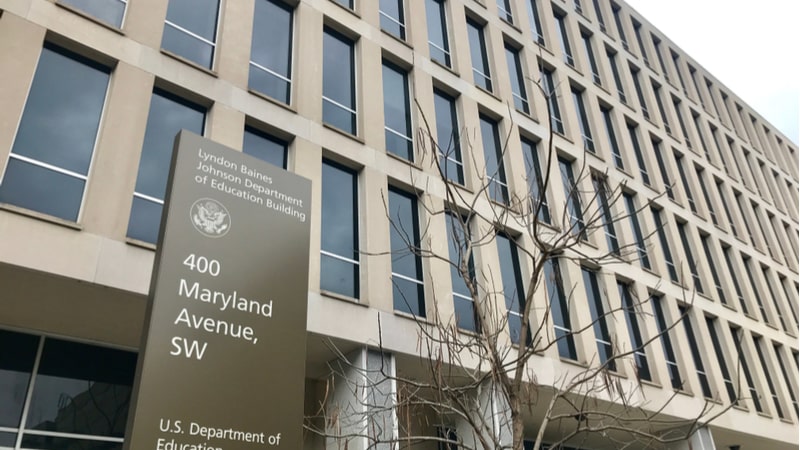
The Department of Education was one of three agencies to receive funding from the General Service Administration’s (GSA) Technology Modernization Fund (TMF) for Zero Trust services, and the agency’s chief information officer Steven Hernandez said the agency is prioritizing the control pillar of the zero trust architecture with the funds.
Hernandez detailed how the Department of Education was utilizing the $20 million awarded by the TMF program at an April 19 Federal News Network webinar. Hernandez said that since the agency’s work on a zero-trust architecture had already put the agency on solid ground for the Identity Credential, and Access Management (ICAM) pillar and the data pillar, the control was the logical next step.
“We were actually in a great place,” Hernandez said. “We were one of the early adopters of a data lake for cybersecurity. And so for us when we looked at the future, we said we really need to focus on the control plane and a lot of the technologies and processes that enabled this constant authentication that we need for zero trust and the agility that takes place there.”
He emphasized that since there is no one-stop zero trust product, the agency has begun by buying products that enable the agency to operate at speed.
“When anybody says, ‘Hey, I’m buying zero trust,’ that’s the immediate red flag,” Hernandez said. “They probably need to read a little bit more about what zero trust is and what we’re doing.”
“For us – because of the landscape that I painted before – when we were thinking about that control fabric, it was [focused on] how do we get the agility to operate at the speed of the machine with technology that we can buy right now … and then how do we get that integrated into our environment,” he added.
Hernandez said that has led the agency to pursue Secure Access Service Edge technologies for cloud-based agility, ultimately taking the tech that used to be stored in data centers, virtualizing it, and moving it into the cloud.
Additionally, Hernandez said the agency is working on the trust engine for the zero trust architecture and that has led it to pursue security, orchestration, automation, and response (SOAR) technologies, which would utilize artificial intelligence and machine learning to give alerts to potential anomalous activities and categorize them.
“In the SOAR world, it’s the beginnings of this idea of using machine learning AI to get all this data that you’re going to start to consume from that control fabric and then start to make decisions on it,” he said. “[For example] I start with 100,000 potential indicators. Well, that SOAR capability is going to distill that down to maybe 87, and then my analysts are actually going to look at that.”
He said the piece that technology can’t be used for is the culture aspect, which is the other area the department is working on.
“The third piece we looked at is building out an organization-wide program management capacity to really manage the cultural shift of zero trust,” he said. “Look at our entire system portfolio and understand, ‘I’ve got approximately 200 major systems throughout the department. How do I take each and every one of those and re-architect them so that they’re moving toward zero trust, consuming some of this great technology?’”
Hernandez said the application process involved a Shark Tank-style pitch to the TMF board and said that the agency is in the process of getting the funding upfront.
“We put together a proposal did the Shark Tank pitch with the GSA board, and we’re exceptionally fortunate to be one of the three departments that were selected for zero trust funds,” he said. “All three of us are in the process of getting this infusion of cash upfront. That’s going to help us really drive forward quickly to meet the zero trust goals.”
